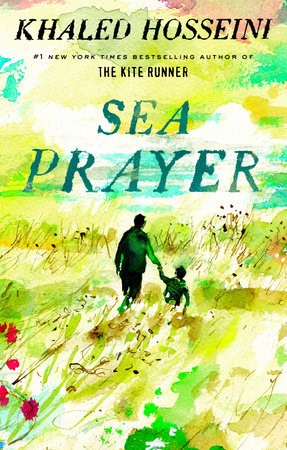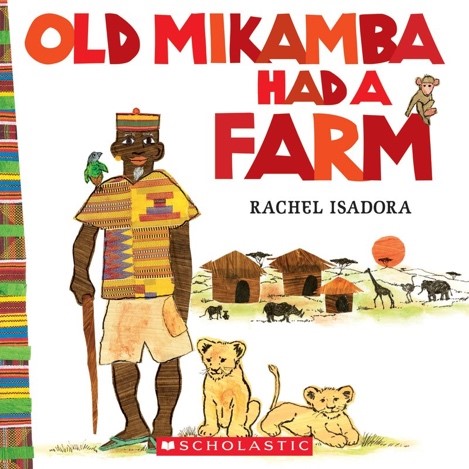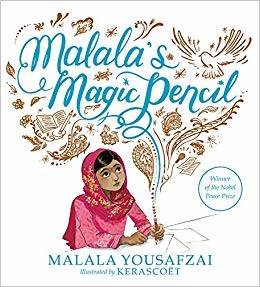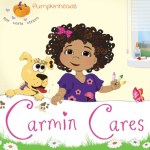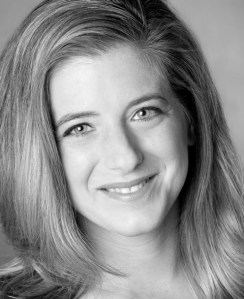I’m honored to be a stop on author Astrid Kamalyan’s book tour for her debut picture book Bábo: A Tale of Armenian Rug-Washing Day. Her lovely book, just published September 19th by Charlesbridge, earned starred reviews from both Kirkus and The Horn Book and is a Junior Library Guild Selection. Bábo: A Tale of Armenian Rug-Washing Day is the first children’s book about Armenia traditionally published in the US in over 30 years and is the only one to feature Artsakh dialogue.
Beautifully detailed illustrations by Anait Semirdzhyan adorn this cozy, cultural tale that highlights the author’s childhood memories of time spent with her grandmother on rug-washing day. Astrid’s love for Armenia can be felt on every page, and, on her website, Astrid poetically writes of her Artsakh home, “The air in our mountains is the color of lavender and smells of wild thyme; the warmth of the sun is sometimes all you need for breakfast.”
Astrid Kamalyan stopped by today to share a bit about her emotional publication journey and authentically representing her culture, which has become even more important as her beloved Artsakh people were recently and tragically attacked by the rulers of the country Azerbaijan. As Astrid says, “It makes no sense to celebrate diverse books if we aren’t going to care about the actual people in those stories.” Let’s hear from Astrid.
It was on a cold autumn day in Chicago that the idea for BÁBO sparked in my mind, a warm memory shining straight from my childhood. I wrote it down while cozied up on our sofa. Was my first draft ready to go? Not yet. But it had something in it.
Something that came as a second-person POV, non-rhyming story, which I later turned into a rhyming one, and then changed into a first-person POV, non-rhyming story. BÁBO, unlike my other manuscripts, required experimentation.
Our busy, happy family always had visitors. All were welcome at our table. Neighborhood kids gathered in our dining room as my precious bábo cooked, and laughed, and gave the warmest hugs. But would that make too many characters for a picture book? Probably yes, at least for this one. And so, as if echoing all the other changes, one of the characters had to go during the revisions.
Writing from the heart doesn’t mean writing without a challenge. It sometimes means finding the right angle, focusing on the main feeling, and cropping out the distractions. It also means pressing the “stop editing” button at the right moment, before you over-revise it to the point of losing the heart of the story.
But BÁBO was more than a story about my family. It was a story representing my culture. The first picture book in more than three decades to be traditionally published about Armenia. And as this realization came to me, so did the sense of responsibility. How do I do justice to something so ancient, so rich, and so deeply loved by me? Growing up surrounded by precious Artsakh rugs was not enough. Researching and meeting experts wasn’t either. Being inspired by a video of an Armenian woman weaving a carpet was the magic ingredient. The backmatter wrote itself in an instant. All the research and hard work were there just to support this magical moment of cherishing the beauty of Armenian carpet weaving.
In the summer of 2020, I submitted the manuscript for a critique at the SCBWI’s LA conference. My first time doing so. Did I expect it to get me an agent or to sell? No. All I wanted was a professional opinion. But BÁBO disagreed. It got me an agent and a book deal.
And here’s where cluster munitions enter the picture.
My wonderful editor, Karen Boss, asked for revisions before acquiring the manuscript. But at that very moment thinking about revisions wasn’t something I could afford. On September 27th, 2020, my homeland, Artsakh, was attacked. My people were forced out of their homes, our churches were bombed, and our cultural monuments desecrated. After the war, everything I knew, everything I belonged to was shuttered. How do I sing our joy now?
Decisions had to be made. One of them was that I chose to not give in to the darkness, singing our joy and unapologetically celebrating our culture, while facing more evil than I ever knew existed. BÁBO didn’t turn into a book it didn’t intend to be. It stayed the sunshine that it is. Because, in this darkness, our kids deserve a space where childhood is just that–carefree, sun-filled, barefoot . . . childhood.
And also because, no matter how much others try to destroy us, this is who we are–a people who embrace people and embrace the sun.
Was I done with the challenges? Almost there. I had to make one more leap and gather the courage to suggest an Armenian illustrator, Anait Semirdzhyan, whose work I admired. It was a proactive move on my side, yet it wasn’t driven by whimsy but by a need for authentic representation. Both my agent and my editor loved Anait’s amazing work, and so began the journey of BÁBO. Need I tell you how much joy the sketches, the color versions, and seeing the cover brought to my heart? How much it meant to me, my family, and now to my community?
And in the spring of 2023, when I received my author copy, something magical happened. For a moment, I was no longer homesick. I was home.
Update from Astrid:
One day after this post was submitted for publication, on September 19th, 2023, Azerbaijan attacked the indigenous Armenian population of Artsakh. That after 10 months of starving them by an illegal blockade of the region. Civilians were attacked by cluster bombs and drones. There are hundreds of victims, including children. Thousands are missing, mostly kids. Currently, the civilians are being held hostage–the road for evacuation is blocked, while Azeri forces continue killing and kidnapping people. What is happening in Artsakh is a genocide organized by the dictatorial regime of Azerbaijan, backed by countries such as Turkey and Russia. If you want to help, please check out this link for the latest updates, and please do not be indifferent to your Armenian friends who are all suffering right now.
For more information and ways you can help, please click here: Armenian Assembly of America Action Center
And please join me in sending love and prayers for the Armenian people in Artsakh. ❤️
Astghik (Astrid Kamalyan) comes from a big, happy Armenian family, where she is the oldest of five siblings. Childhood summers spent in Artsakh are what inspired her to paint with words. Astrid is a member of SCBWI, IALA (International Armenian Literary Alliance), and 12×12. Astrid’s debut picture book Bábo: A Tale of Armenian Rug-Washing Day is a Junior Library Guild Selection and received starred reviews from Kirkus and The Horn Book.
Learn more about Astrid and her book by visiting her website https://astridkamalyan.com/ or connect with her on Twitter (X) https://twitter.com/astridkamalyan or Instagram https://www.instagram.com/astridkamalyan/.



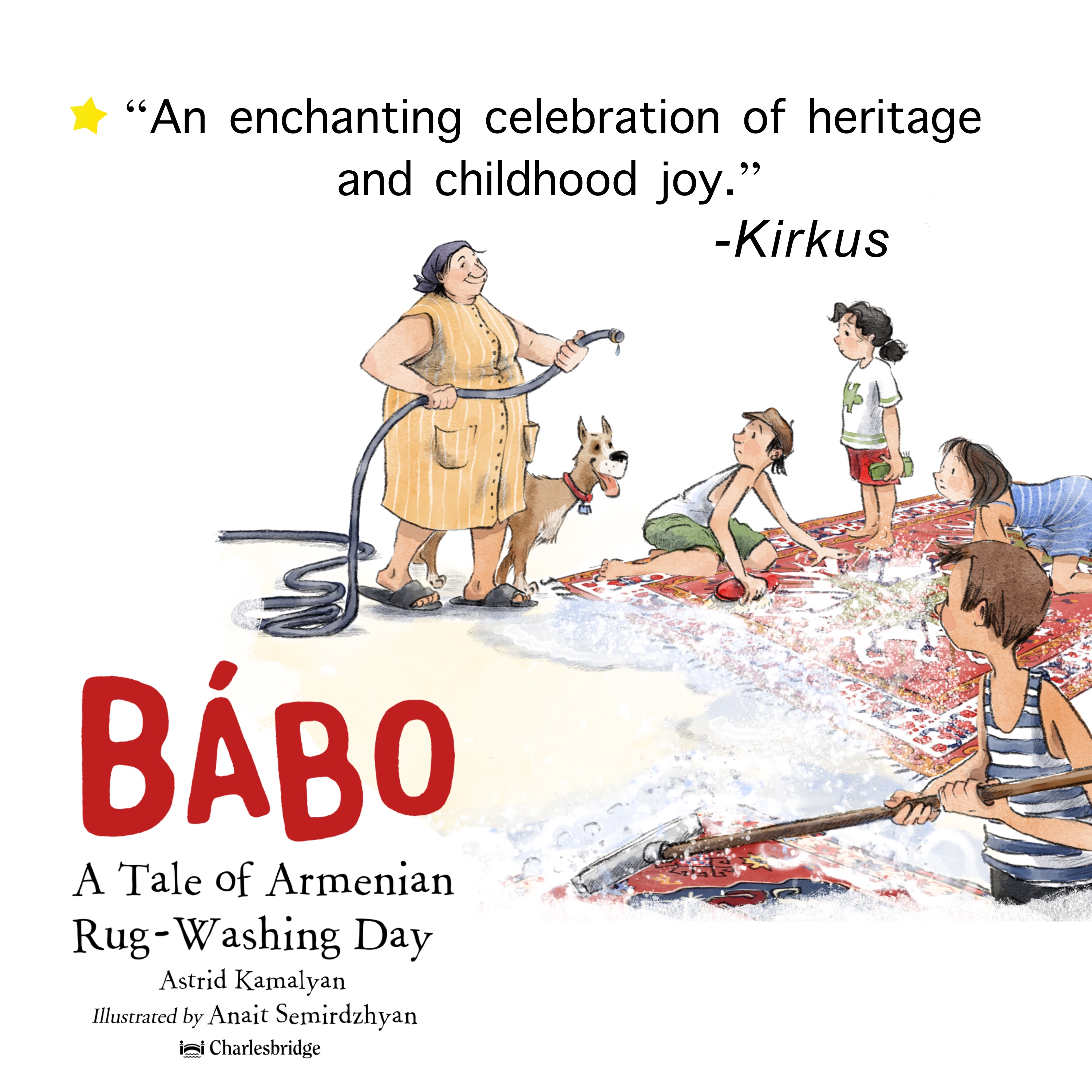




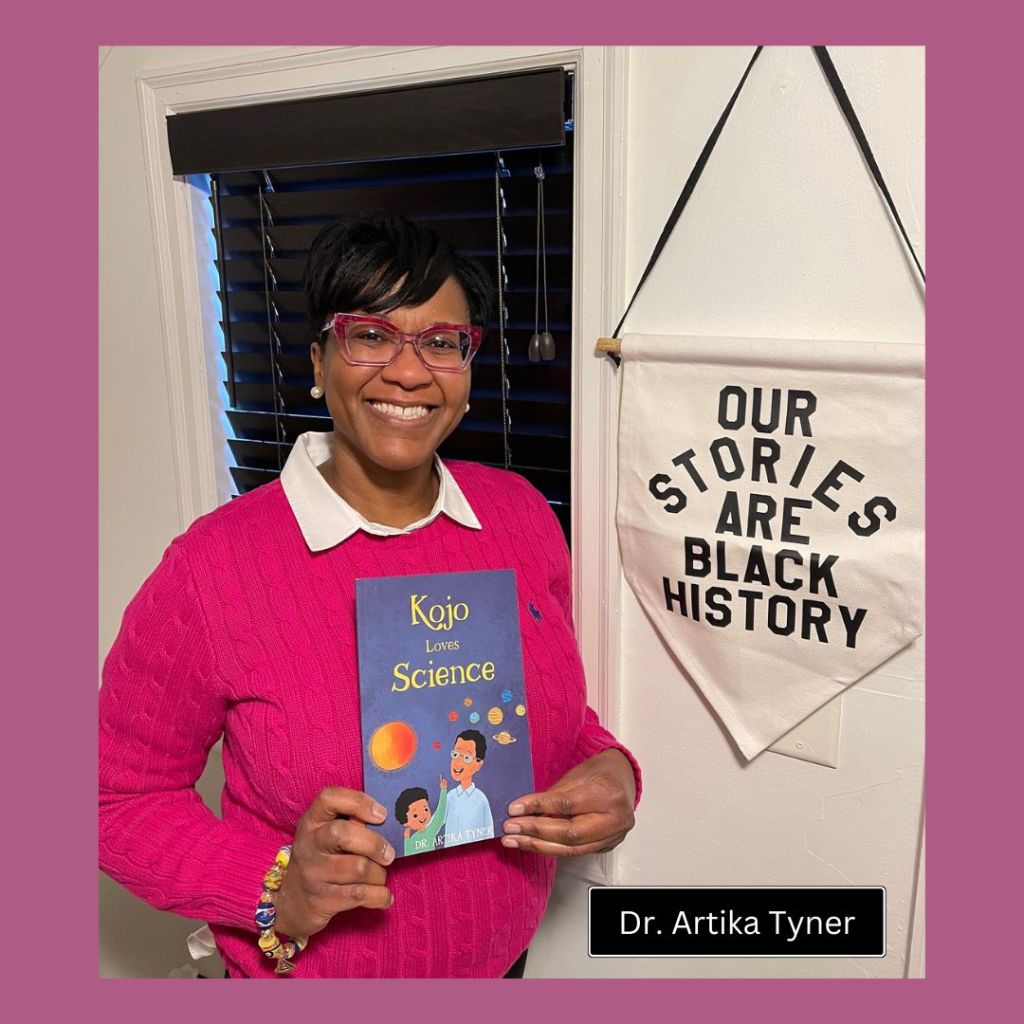


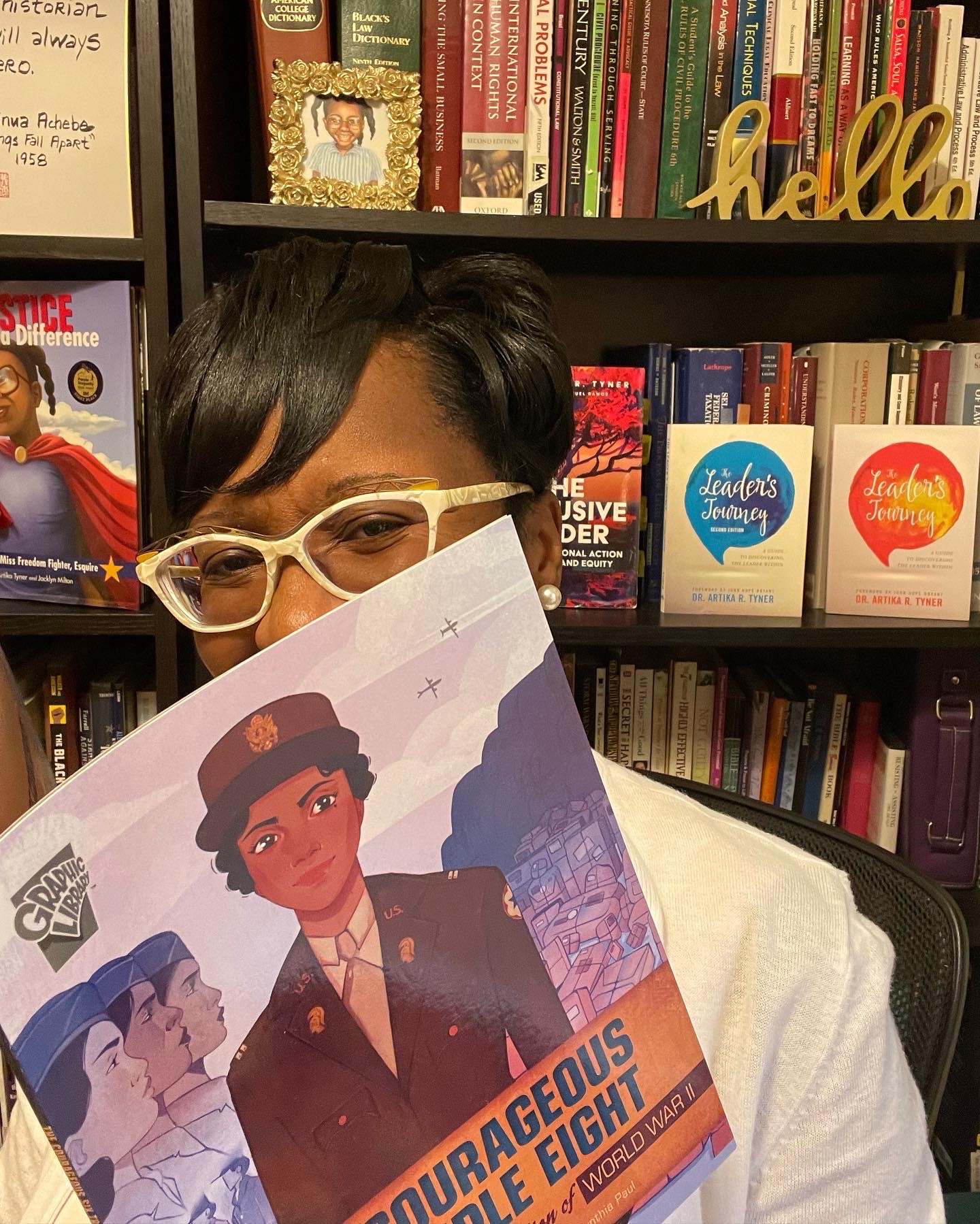






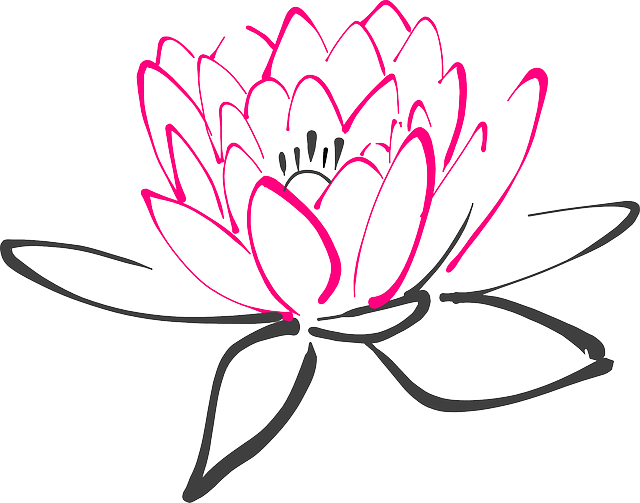





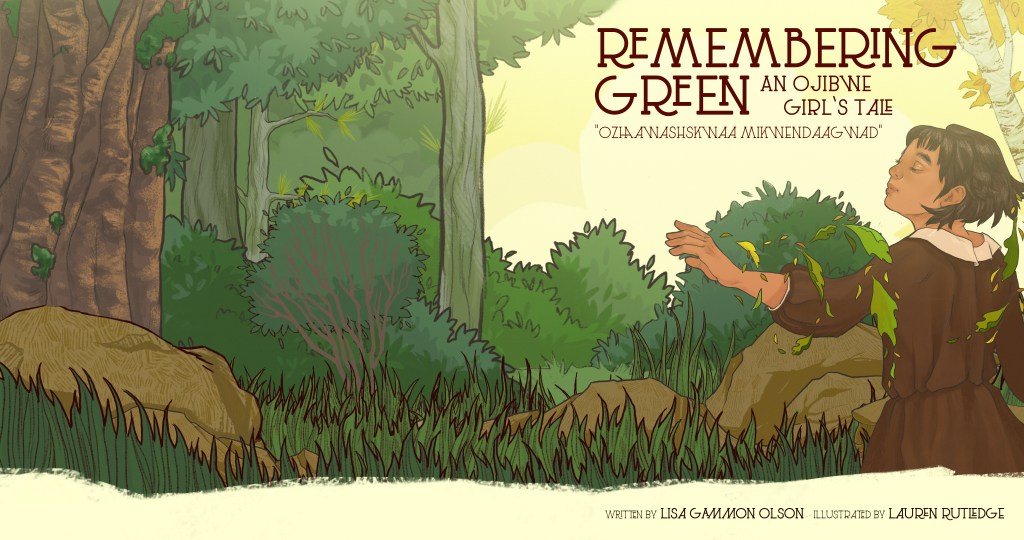



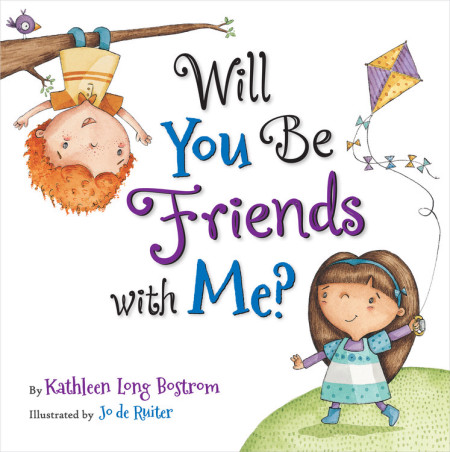
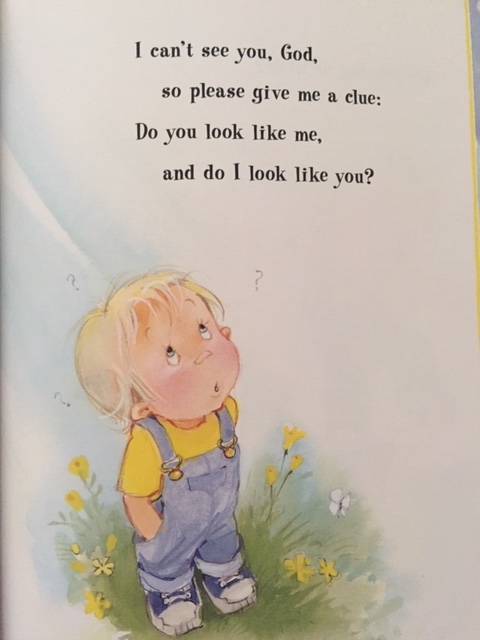






 Please welcome back to Frog on a Blog author and mom Ilham Alam. This past September, Ilham shared her
Please welcome back to Frog on a Blog author and mom Ilham Alam. This past September, Ilham shared her 
